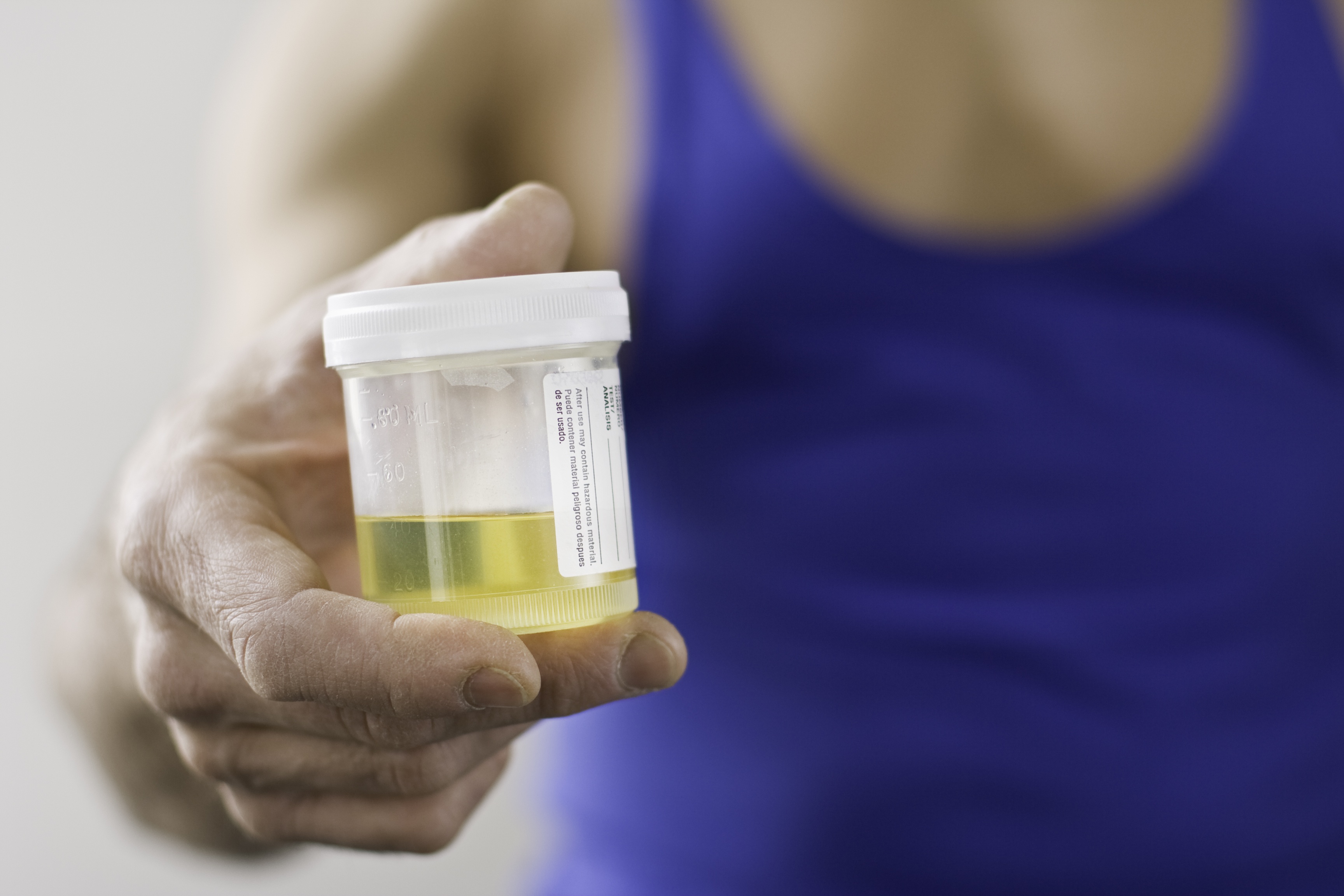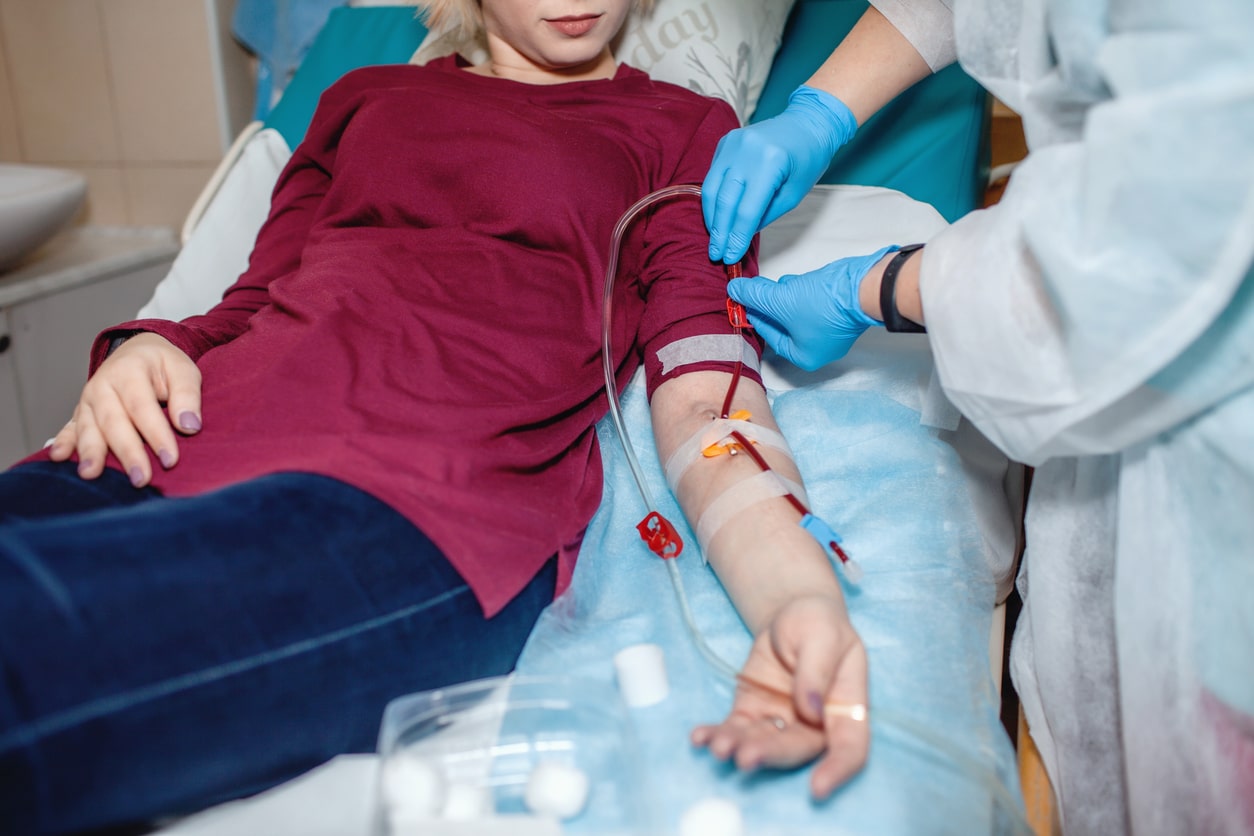
Donna Shu-Han Lin, MD, and colleagues at National Taiwan University Hospital, Taipei, Taiwan, conducted a meta-analysis to examine the occurrence of adverse events associated with the use of sodium-glucose cotransporter 2 inhibitors (SGLT2i) for the treatment of type 2 diabetes. The researchers also sought to examine the level of risk of adverse events in patients with various underlying diseases. Results of the analysis were reported online in the Journal of Clinical Endocrinology & Metabolism [doi.org/10.1210/clinem/dgab274].
The researchers conducted the quantitative meta-analysis of randomized controlled trials retrieved from the MEDLINE and EMBASE databases. The search also included the Cochrane Library. The outcomes of interest were four overall safety outcomes and 12 specified safety outcomes. Subgroup analyses were performed based on patient status of diabetes mellitus, atherosclerotic cardiovascular disease (ASCVD), chronic kidney disease, and congestive heart failure, and by dosage of SGLT2i (high dose vs low dose).
The ten eligible studies represented 71,553 participants. Results of the meta-analysis suggested that SGLT2i use was associated with increased risk of genital infection (risk ratio [RR], 3.56; 95% confidence interval [CI], 2.84-4.46), urinary tract infection (RR, 1.06; 95% CI, 1.00-1.12), diabetic ketoacidosis (RR, 2.23; 95% CI, 1.36-3.63), and volume depletion (RR, 1.14; 95% CI, 1.06-1.23).
Conversely, there were associations between use of a SCLT2i and reduction in risk of any serious adverse event (RR, 0.92; 95% CI, 0.90-0.94), acute kidney injury (AKI) (RR, 0.84; 95% CI, 0.77-0.91) and hyperkalemia (RR, 0.84; 95% CI, 0.72-0.99). In subgroup analysis, the risk of amputation was higher in patients with ASCVD than in those without ASCVD (RR, 1.44 vs 0.96; P=.066).
In conclusion, the researchers said, “The use of SGLT2i is generally safe. SGLT2i may be associated with increased risks of genital infection but is protective against AKI. Of note, the risk of amputation was higher in patients with ASCVD. The key to safe use of SGLT2i lies in the identification of high-risk populations and close surveillance of patients after treatment.”







 © 2025 Mashup Media, LLC, a Formedics Property. All Rights Reserved.
© 2025 Mashup Media, LLC, a Formedics Property. All Rights Reserved.